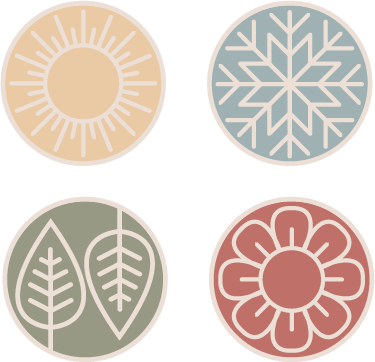Sanding Pine floors requires some specific considerations due to the softwood nature of Pine:
1. Grit Sequence: Pine is a softer wood, so you’ll want to use a finer grit sequence than harder woods like Oak. A typical grit progression is 36-40 grit to remove old finishes, then 60, 80, and 100 grits to achieve a smooth surface.
2. Sanding Technique: Extra care must be taken when sanding pine to avoid leaving deep scratches or digs in the softwood. Use a floor sander that has a built-in vacuum system to minimize airborne wood dust settling into the grain.
3. Grain Raising: Pine has an open grain structure that can raise or fuzz up when exposed to moisture or sanding abrasion. Plan for an extra light sanding with 120-150 grit after the initial sanding to remove raised grain.
4. Edges/Detail Sanding: Hand sanding detailed areas with an oscillating multi-tool or detail sander is important since pine can dent or gouge easily.
5. Dust Containment: The soft Pine creates a lot of airborne dust during sanding that needs thorough vacuum/tack cleaning between grits.
6. Filling: Consider using wood filler on any cracks, gaps or heavy wear areas before the final sanding to create a smooth, level surface.
7. Staining: Pine’s light, porous grain readily accepts stains if you want to change the color from its natural pale tone.
With the right grit sequence, sanding motions, and dust collection, you can successfully sand Pine floors to prepare for new finishes while minimising damage to the softwood surface.
For more information, contact us.







